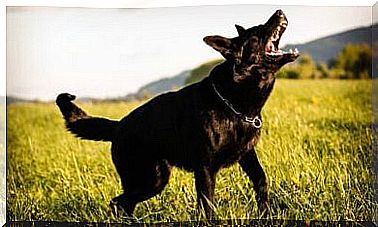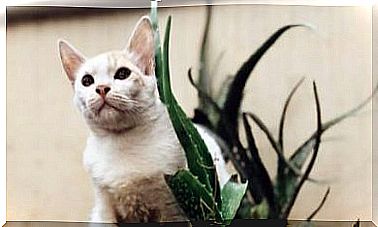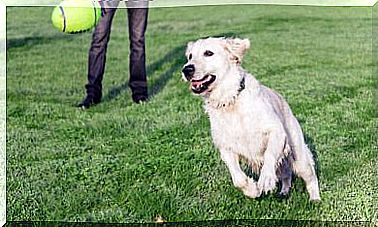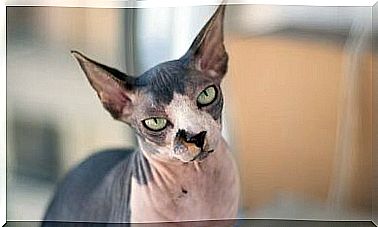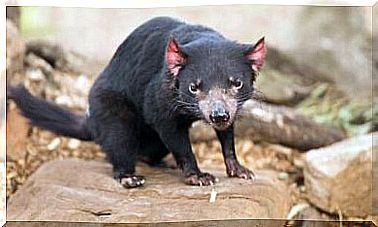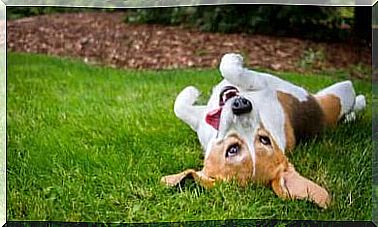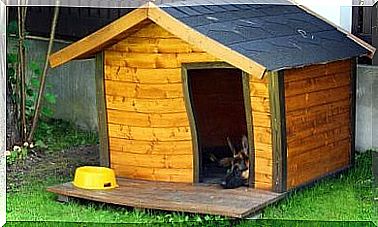Dogs Of FCI Group 7: Breed Classification According To FCI

The Fédération Cynologique Internationale, the FCI, is responsible for determining the guidelines for each breed of dog and classifying them based on their characteristics. In this article we will take a closer look at the dogs in FCI Group 7 and how they are classified. This includes European, English, and Irish dog breeds.
Breeds of FCI group 7 from continental Europe
Some of the 31 dog breeds from this group are very famous, even beyond Europe’s borders. The most important are:
1. German Wirehaired Pointer
This breed appeared as a hunting dog in the early 19th century. You can find and scare birds, and cross solid ground and water. They are not afraid of wild boars or large animals, and can also track blood trails due to their great noses. Not only are they easy to train, but they are also very clever.
2. Weimaraner
The Weimaraner, another German breed of dog, is a hunting dog. He has thick short fur that protects him from moisture. The Weimaraner is easy to train, loving, obedient, and an excellent watchdog.
Its fur is silver-gray, like a gray deer or a mouse. The head and ears are usually a little lighter. The eyes are blue at birth, but turn turquoise and eventually amber in adults. They are an elegant breed that is very energetic and active, even if it can be dangerous to be around strangers. They tend to get restless if you leave them at home alone.
3. Eupagnol Breton (Breton Spaniel)
This breed of dog was bred to hunt birds and rabbits. They are used like a setter or wire hair. They originally come from the Iberian Peninsula, but were then further bred in the French province, in Brittany. They are athletic dogs, with large paws and an easy gait.
Their fur can be of different colors, although orange and white are the most common. Easy to train, this dog can make a wonderful pet. Without enough exercise, however, he can develop bad habits.
Group 7 breeds from England and Ireland
The five breeds in this section are known internationally. We highlight three here:
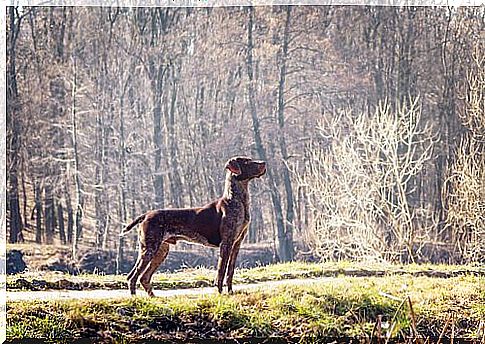
1. English pointer
This hunting dog owes its name to its original purpose: “to point” at prey. Its origins go back to the 17th century when it accompanied men with shotguns on hunting trips. It is believed to be descended from the setter, but it is not clear whether it came from France, England or Spain.
This is an excellent hunting dog. He is gifted with an incredible sense of smell and can run for hours and quickly sniff out prey. Common health problems are heart failure or hearing problems. In addition, he needs at least an hour of exercise a day.
2. Irish setter
It is easy to distinguish between the two types of Irish Setters: Red (red-haired, most common) and Red and White (red and white, less common). The main difference between the two is the color of their coat. This breed became popular in the 18th century. Their job was to find prey for hunters. Some were exported to the United States at the end of the 19th century, and so the breed spread to other continents. You can develop gluten intolerance (a type of canine celiac disease) and need a special diet.
3. English setter
The first English Setters were born in France during the Middle Ages and are descended from Setters. Many were brought to England where they mingled with local dogs and the breed eventually evolved as we know it today.
These dogs are medium-sized, with a black and white speckled coat of fur (like a Dalmatian, but with a longer coat). Sometimes they can have orange markings, and their ears are almost always black. And that brings us to the end of the dogs in FCI Group 7! Also check out the other dog breeds from Group 2, Group 8, and Group 9.

